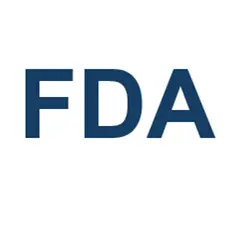Sodium polyphosphates may help improve texture, retain moisture and prevent clumping in foods. It can also serve as a nutrient supplement.
Sodium Polyphosphates
Found In
- Baked goods
- Beverages
- Cheeses
- Processed meats
- Seafood
Also Known As
- E452
- Metaphosphoric Acid, Sodium Salt
- Sodium Metaphosphate
- Sodium Metapolyphosphate
- Sodium Polyphosphate
- Sodium Polymetaphosphate
The Beverage Bottom Line
Sodium polyphosphates are authorized for use in the U.S., Europe and Canada.
This ingredient may have authorizations in countries not included on this site.
International Assessments and Authorizations

U.S. Food And Drug Administration (FDA)
Generally recognized as safe for intended uses. (GRAS, GRAS FDA-Notified)
Information about its use as sequestrant, sequestrant, nutrient.
In 2010, FDA issued no objections to a GRAS notice on sodium potassium hexametaphosphate.
In 2006, dietary reference intakes for phosphorus were reviewed by the National Academies of Sciences, Engineering and Medicine.
In 1975, the health aspects of phosphates as food ingredients were evaluated.
FDA describes nutrition facts labeling requirements.
This page was last updated on 6/30/2025.



